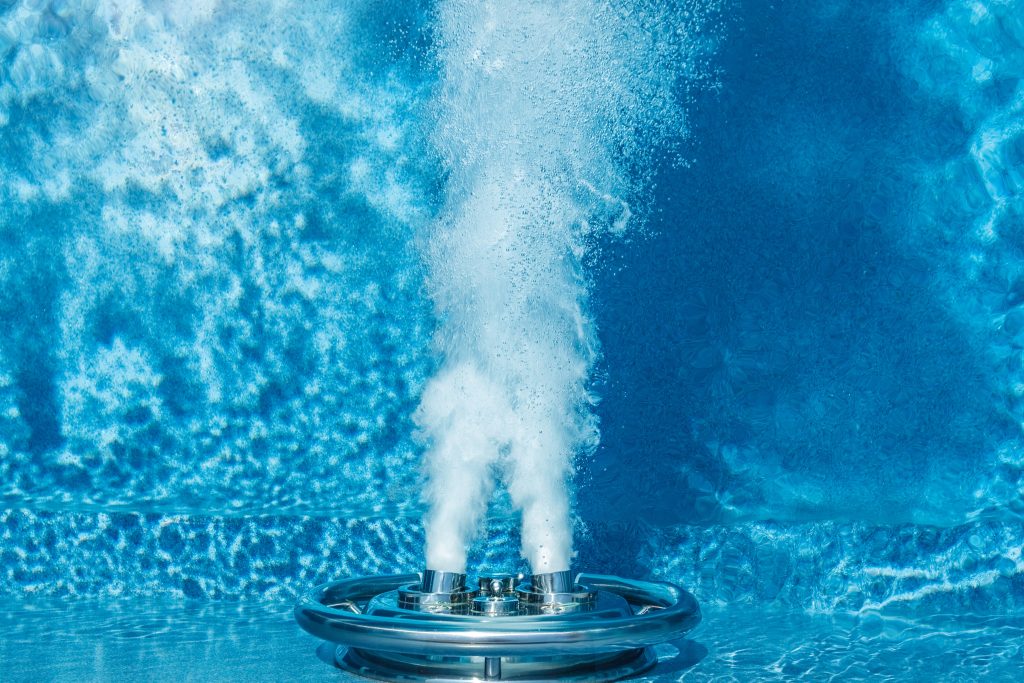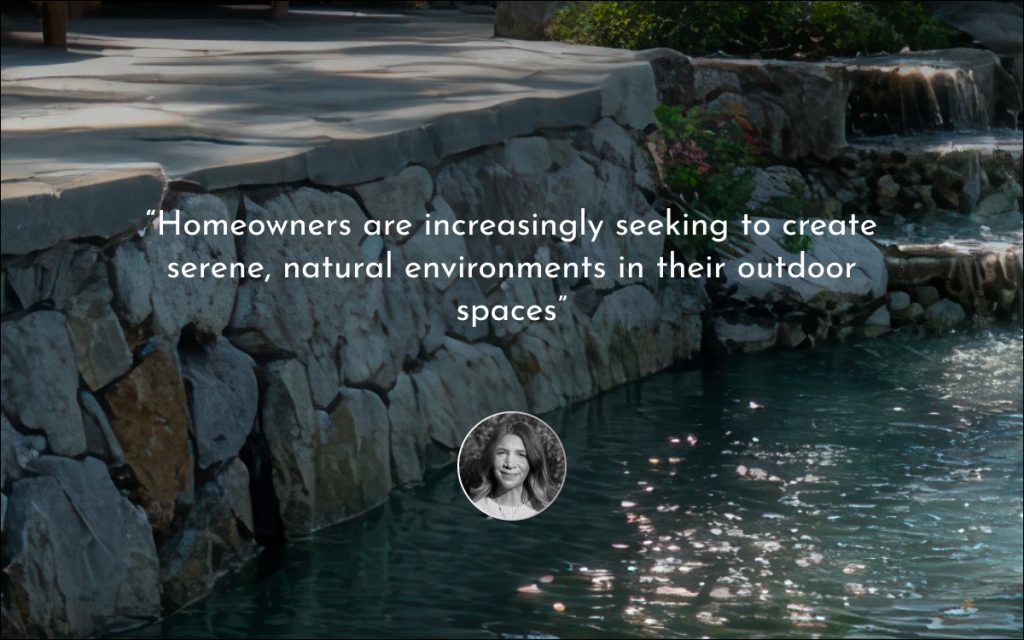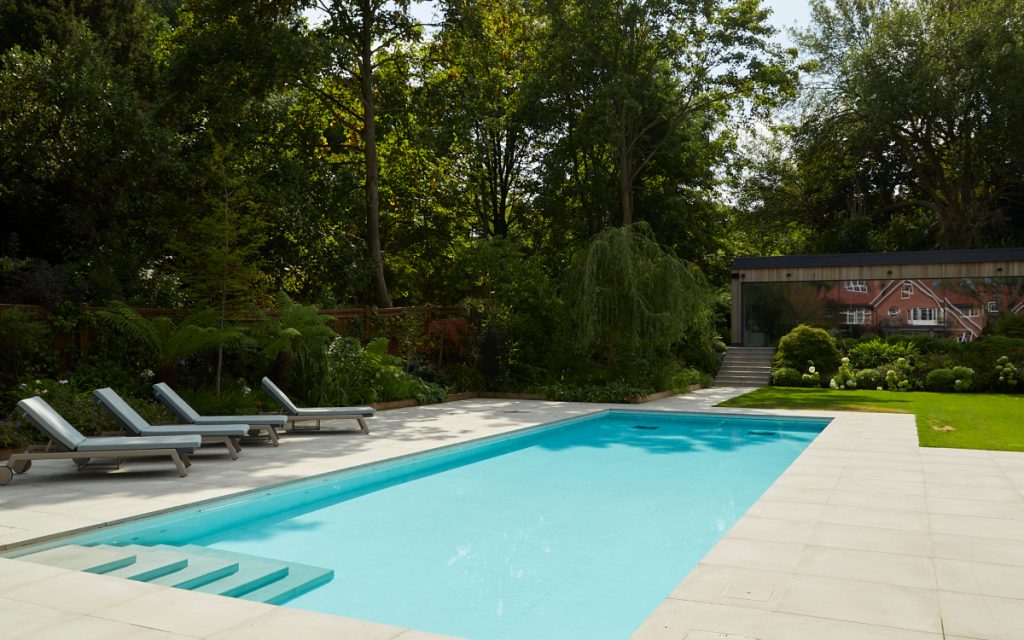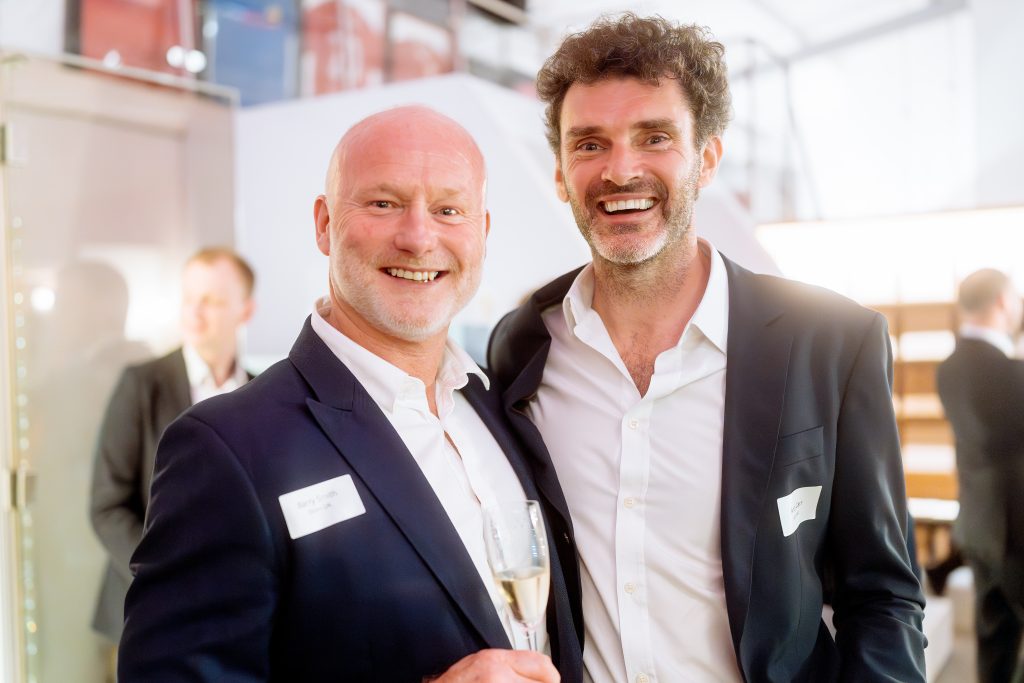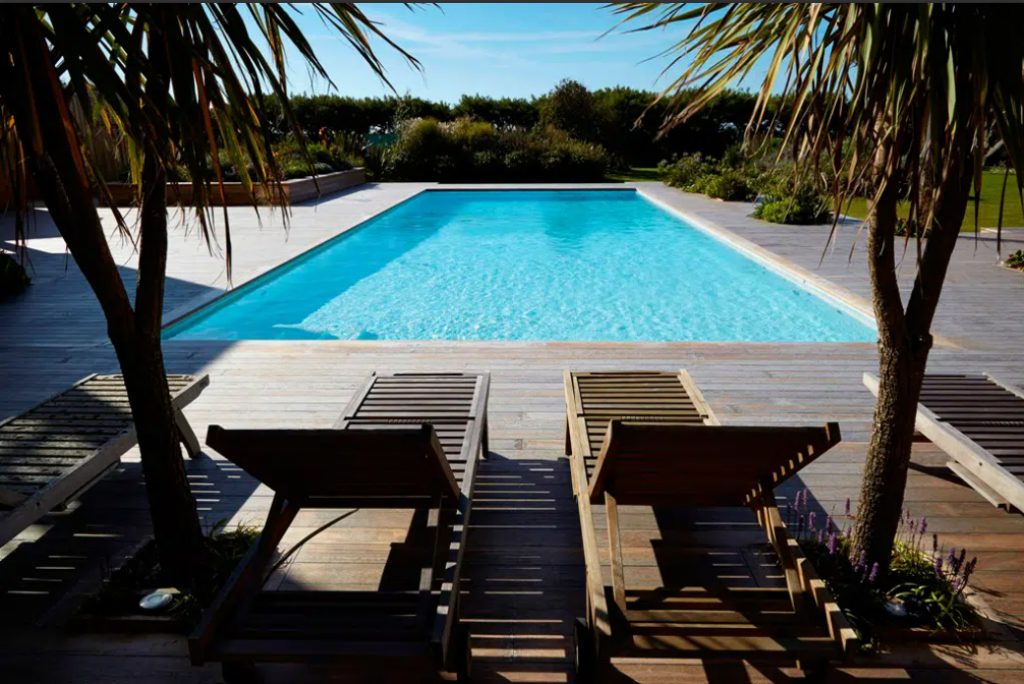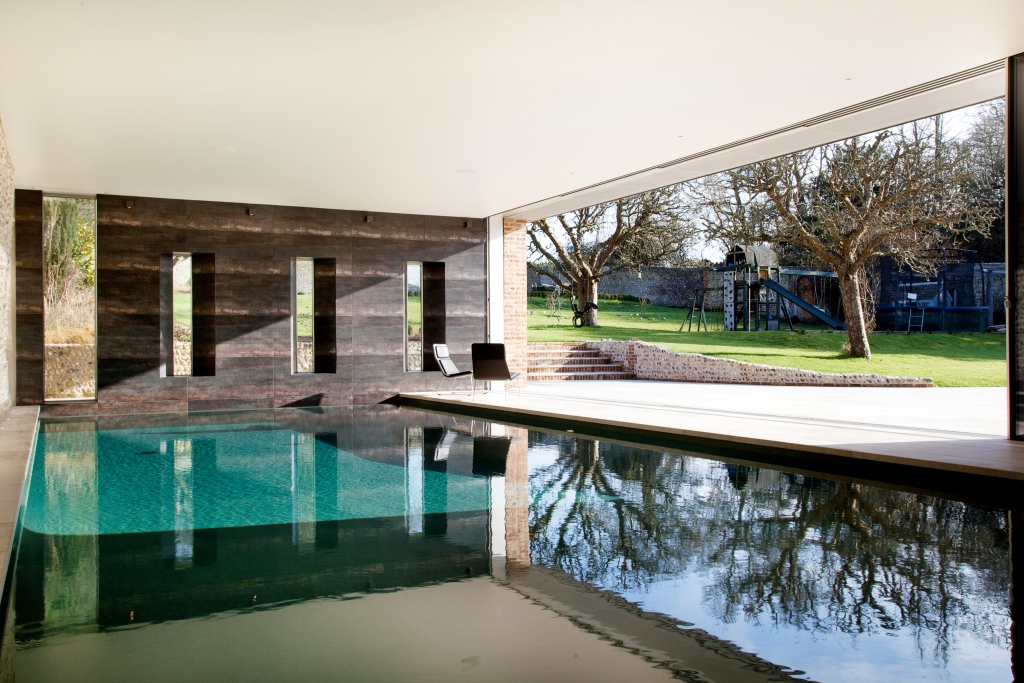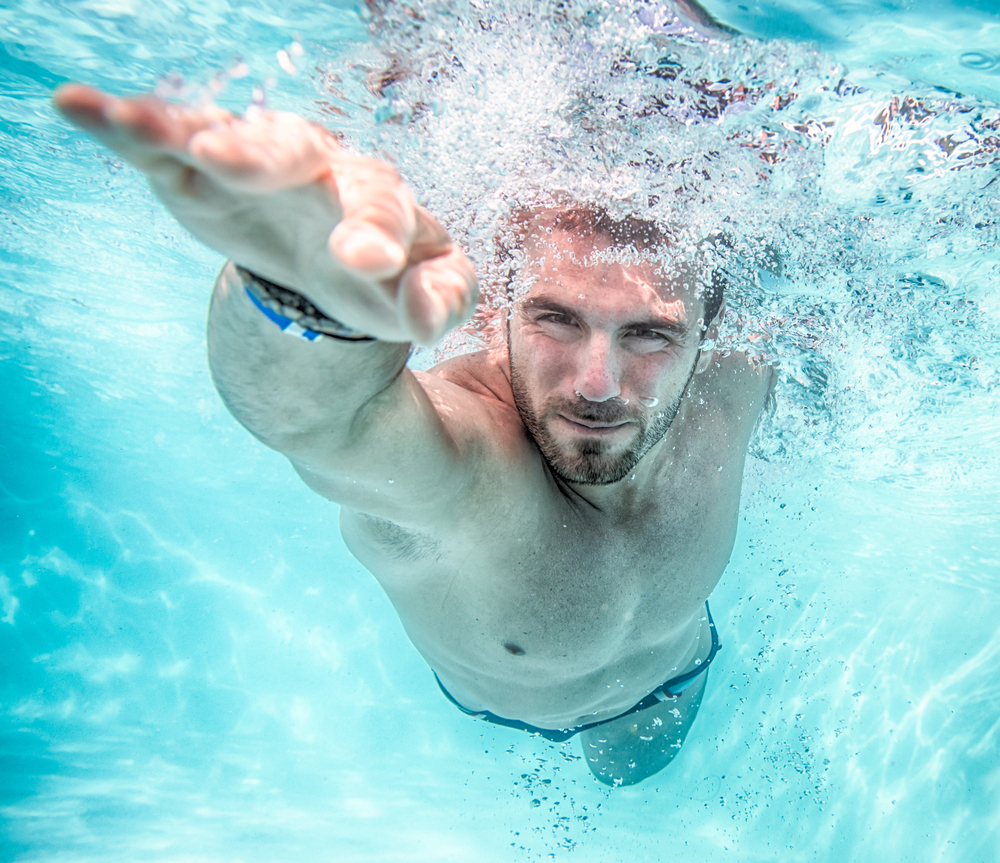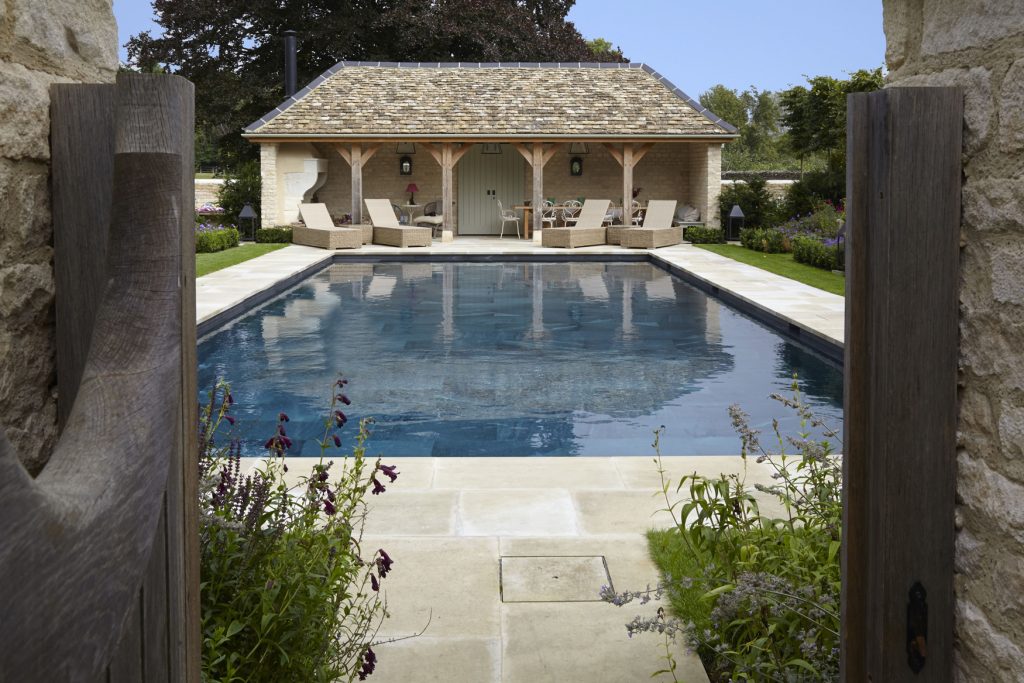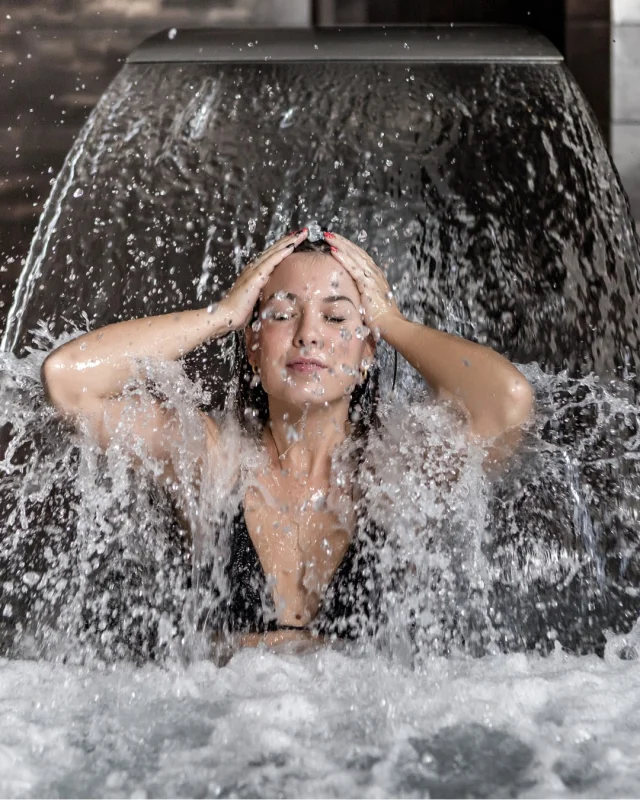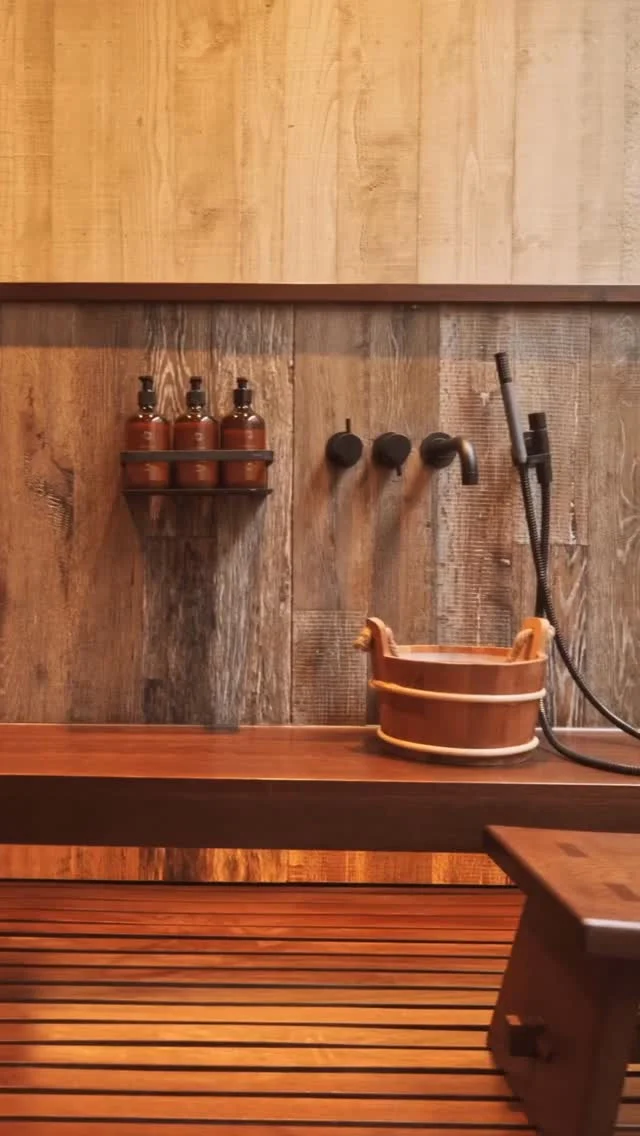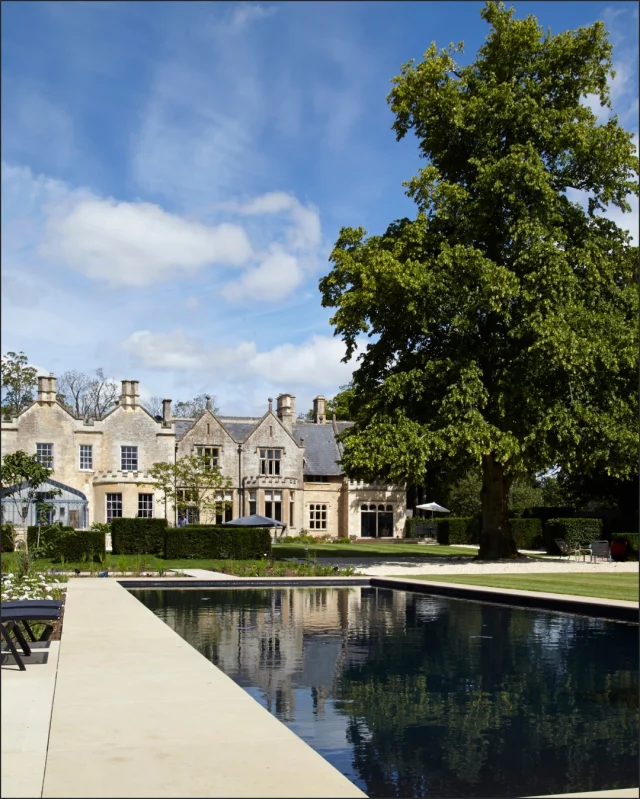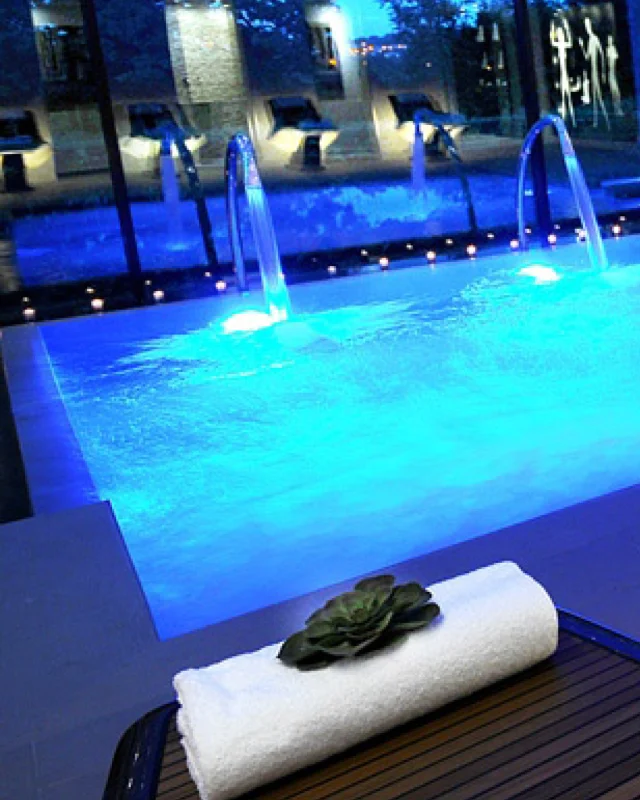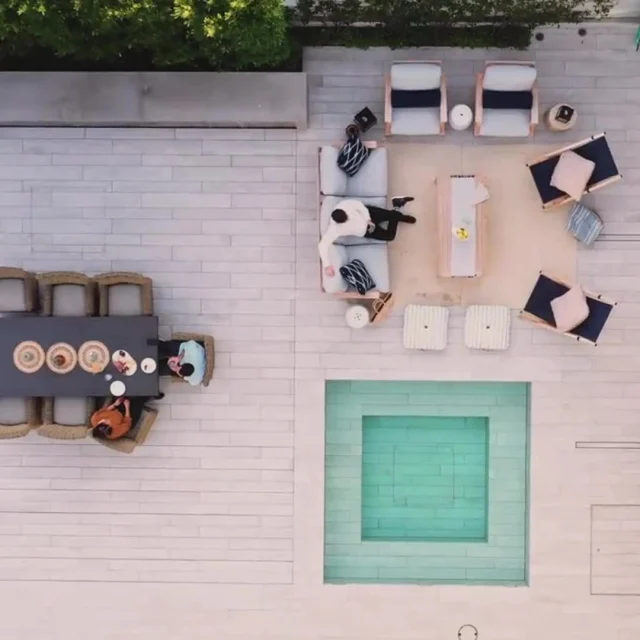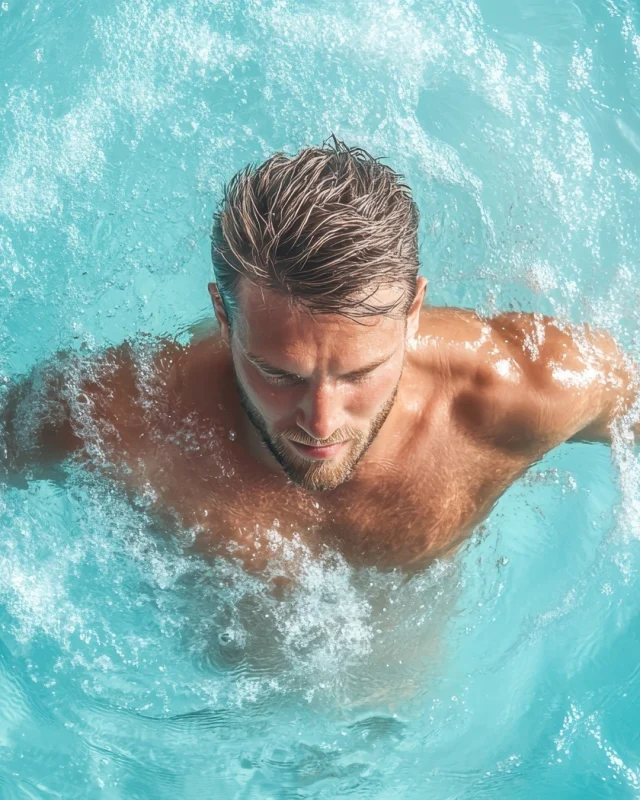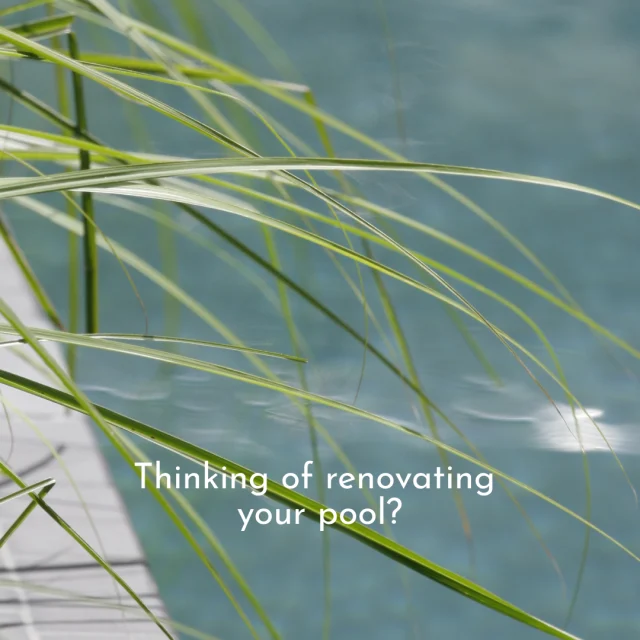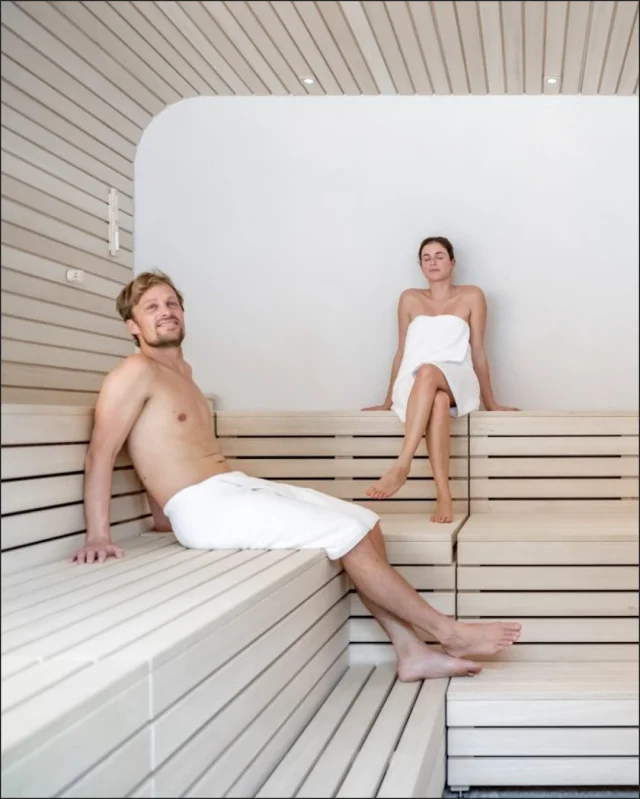
ARTICLE INTRODUCTION
An indoor swimming pool is more than a luxury; it’s a lifestyle investment. Whether you’re planning a private wellness retreat at home or a standout feature for a commercial property, thoughtful design is essential to ensure your pool is as functional as it is beautiful. Here are the key considerations to keep in mind when designing an indoor pool.
-
Space Planning and Layout
Before diving into design details, it’s crucial to assess the available space. The pool’s size, shape, and depth should align with its intended use, be it for fitness, relaxation, or family fun. But it’s not just about the water. You’ll also need to allocate room for walkways, seating areas and safety features.
Don’t forget the plant room. This often-overlooked space houses the vital systems that keep your pool running smoothly, from filtration to heating.
-
Ventilation and Humidity Control
Indoor pools generate high levels of moisture, which can lead to condensation, mould, and even structural damage if not properly managed. A high-performance HVAC system is essential to maintain air quality and regulate humidity. Investing in a system specifically designed for indoor pools will protect your property and ensure a comfortable environment for swimmers.
-
Structural Integrity
The placement of your indoor pool within the building is crucial. Avoid positioning the pool directly against structural or external walls to reduce the risk of stress, water loss, and long-term damage. Instead, allow for buffer zones where possible. Use insulation materials with high compressive strength to minimise heat loss and maintain the pool’s structural integrity, ensuring both energy efficiency and durability over time.
-
Safety First
Safety is paramount, for family homes and hospitality settings. Consider non-slip flooring, adequate lighting, and secure access points. Pool covers, alarms, and barriers can provide additional peace of mind, particularly where children are present.
-
Energy Efficiency
Heating an indoor pool can be energy-intensive, so it’s essential to prioritise efficiency from the outset. Incorporating high-quality insulation, energy-efficient pumps, and smart heating systems can significantly reduce long-term operational costs. For even greater sustainability, consider integrating solar technology and heat recovery systems.
Equally important are energy-efficient solutions for lighting and ventilation. Using LED lighting, variable-speed pumps, and advanced HVAC systems not only lowers energy consumption but also minimises environmental impact, making your indoor pool both cost-effective and eco-conscious.
-
Aesthetic Integration
Your indoor pool should feel like a natural extension of your home or facility. Whether you’re aiming for a sleek, modern spa or a classic retreat, the design should harmonise with the surrounding architecture and interior style. Lighting, finishes, and glazing all play a role in creating the right atmosphere.
-
Planning and Permissions
In many cases, indoor pools within existing structures may not require planning permission. However, if you’re building a new extension or standalone pool house, it’s important to check local regulations early in the process to avoid delays.
Have an indoor pool project in mind?
Provide us with some information to start your journey with expert guidance from concept to completion.
